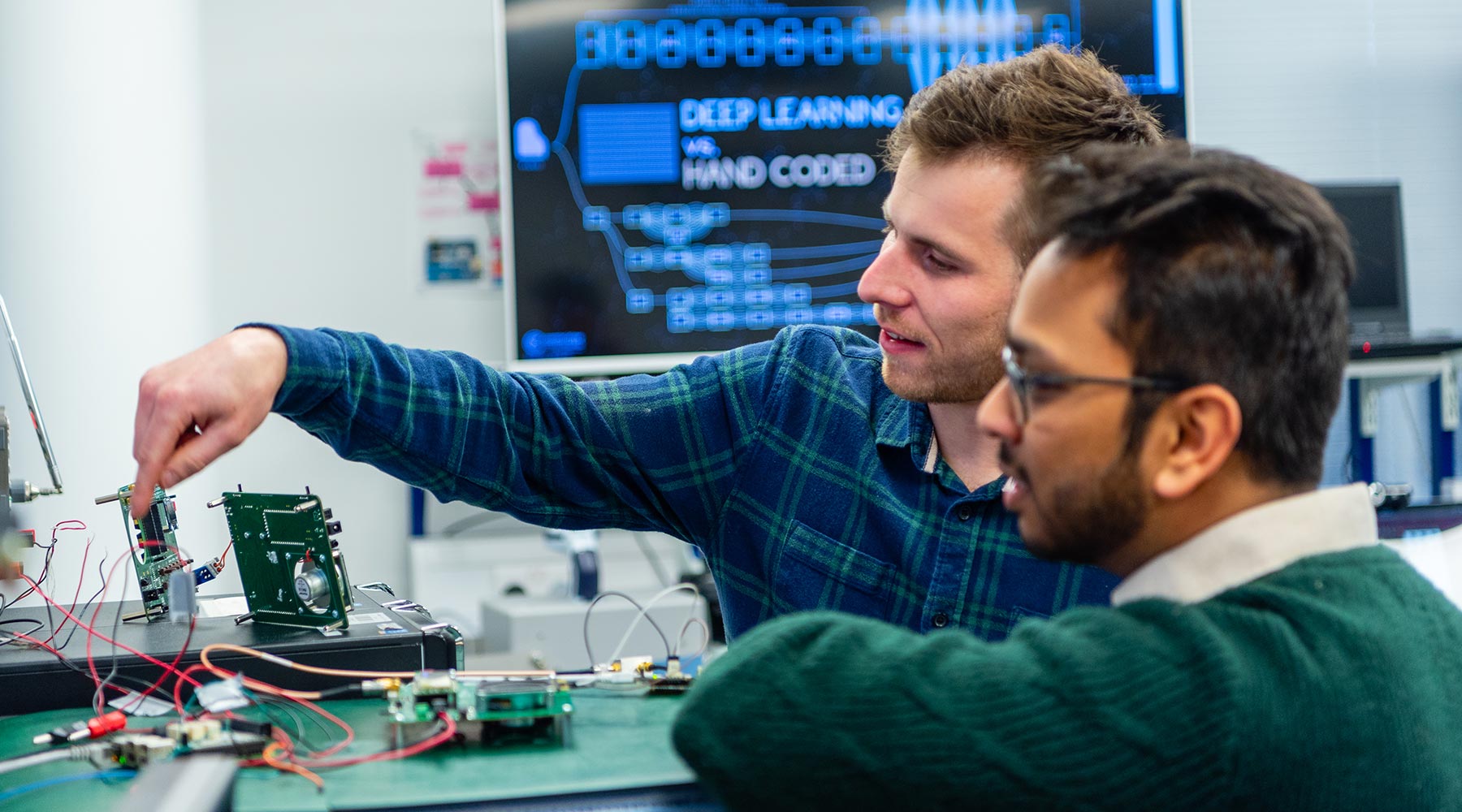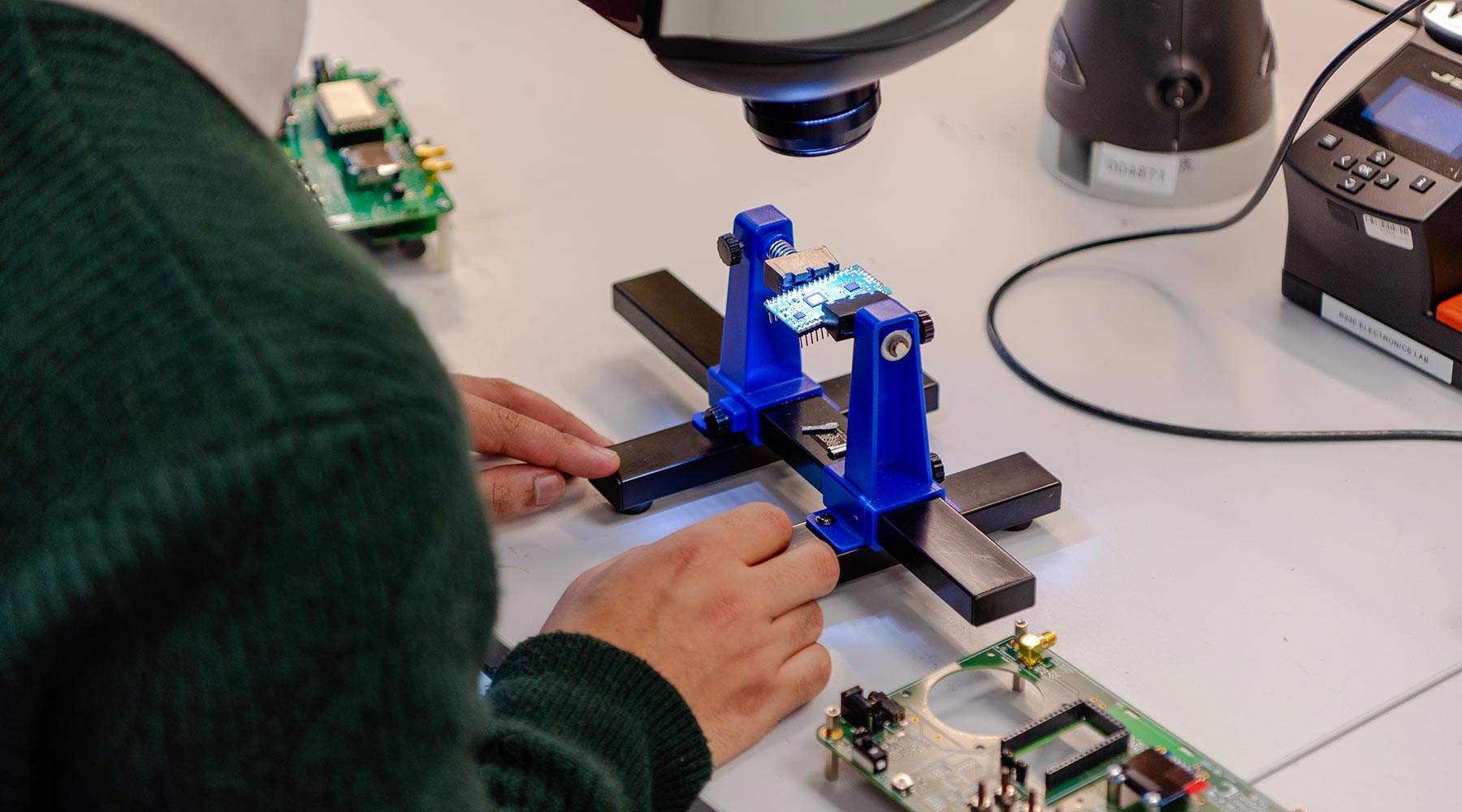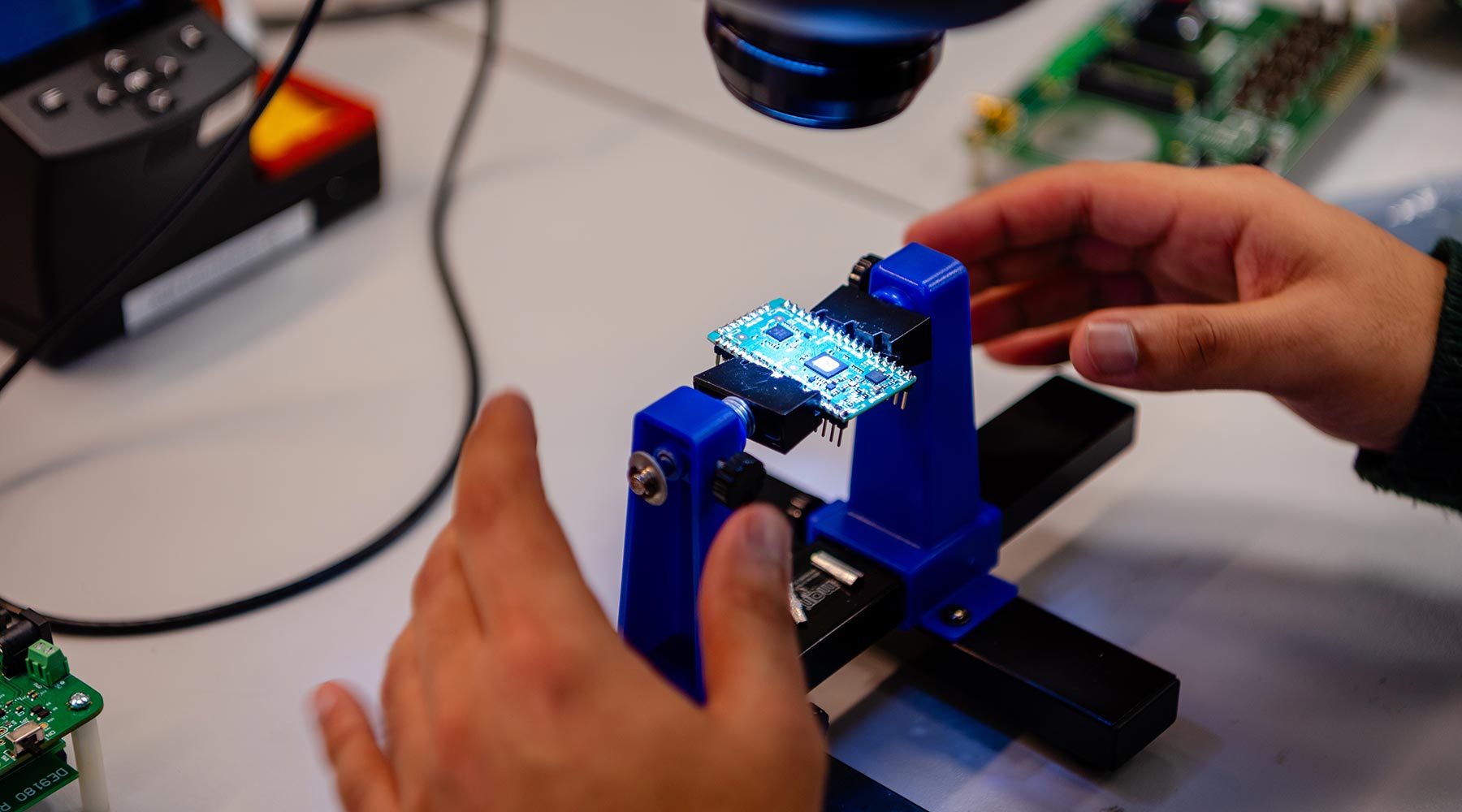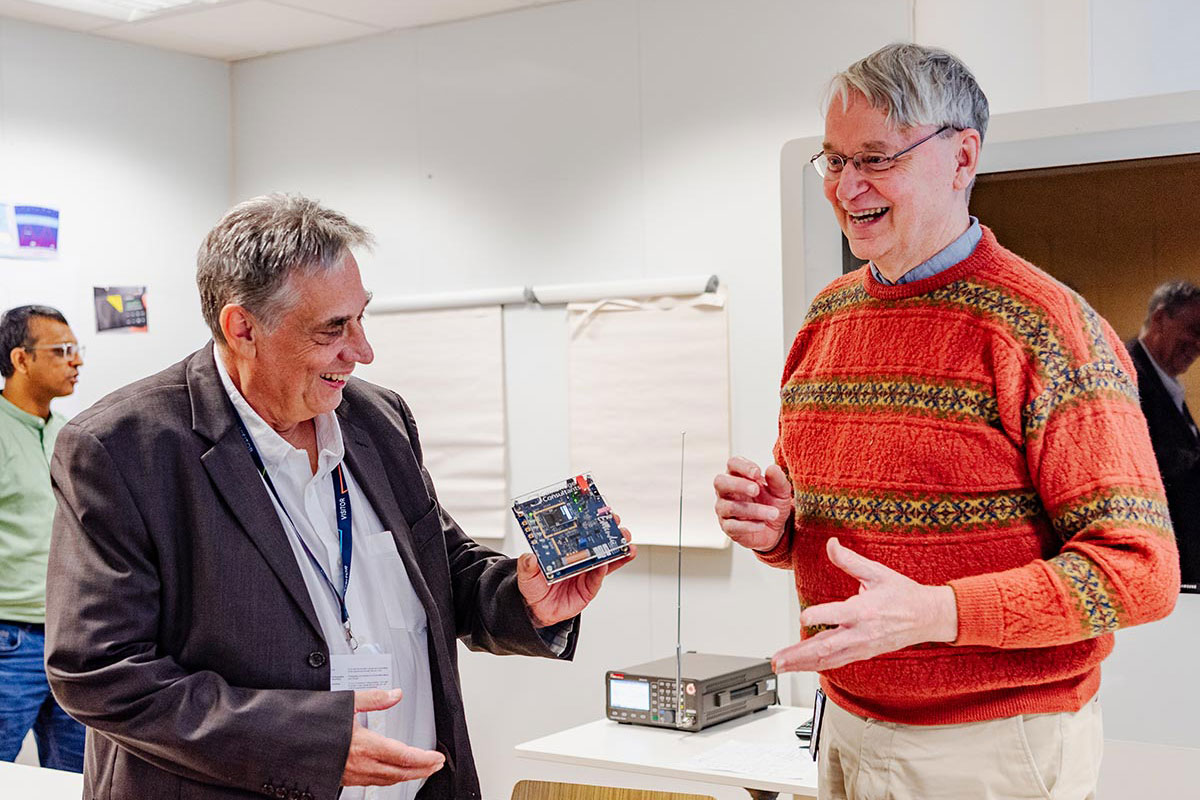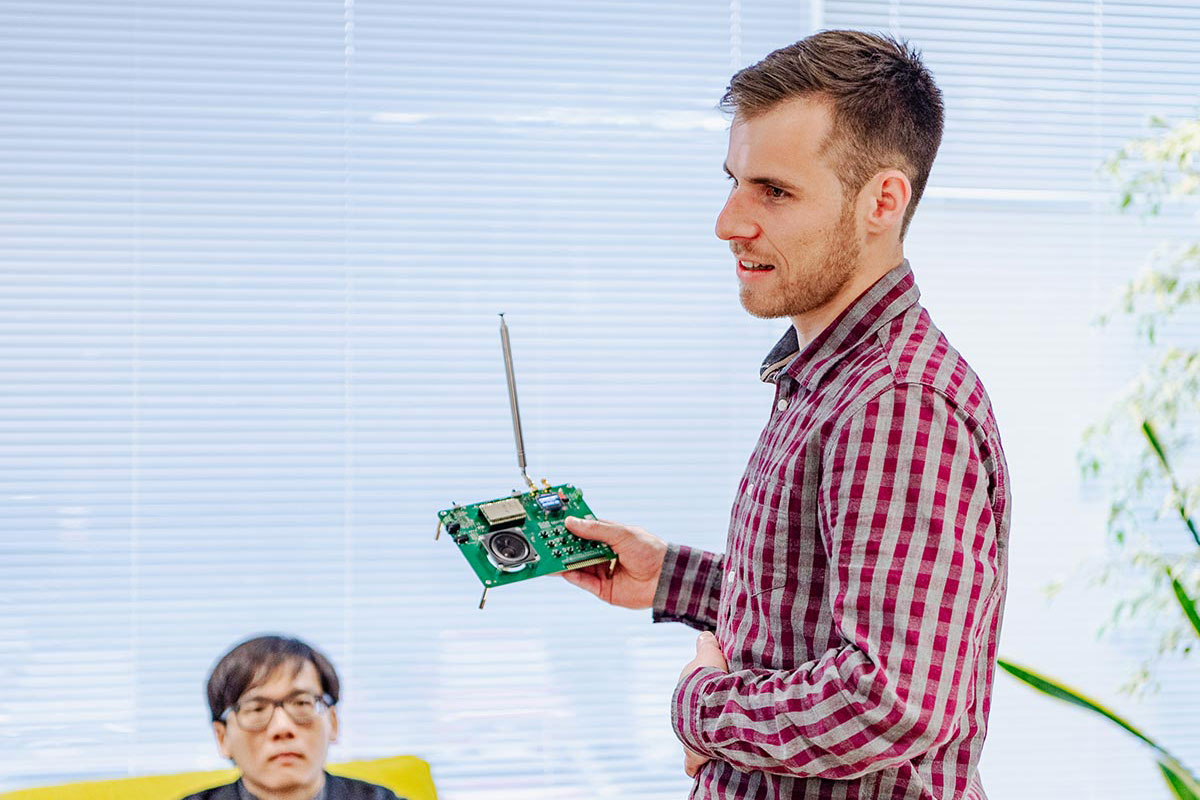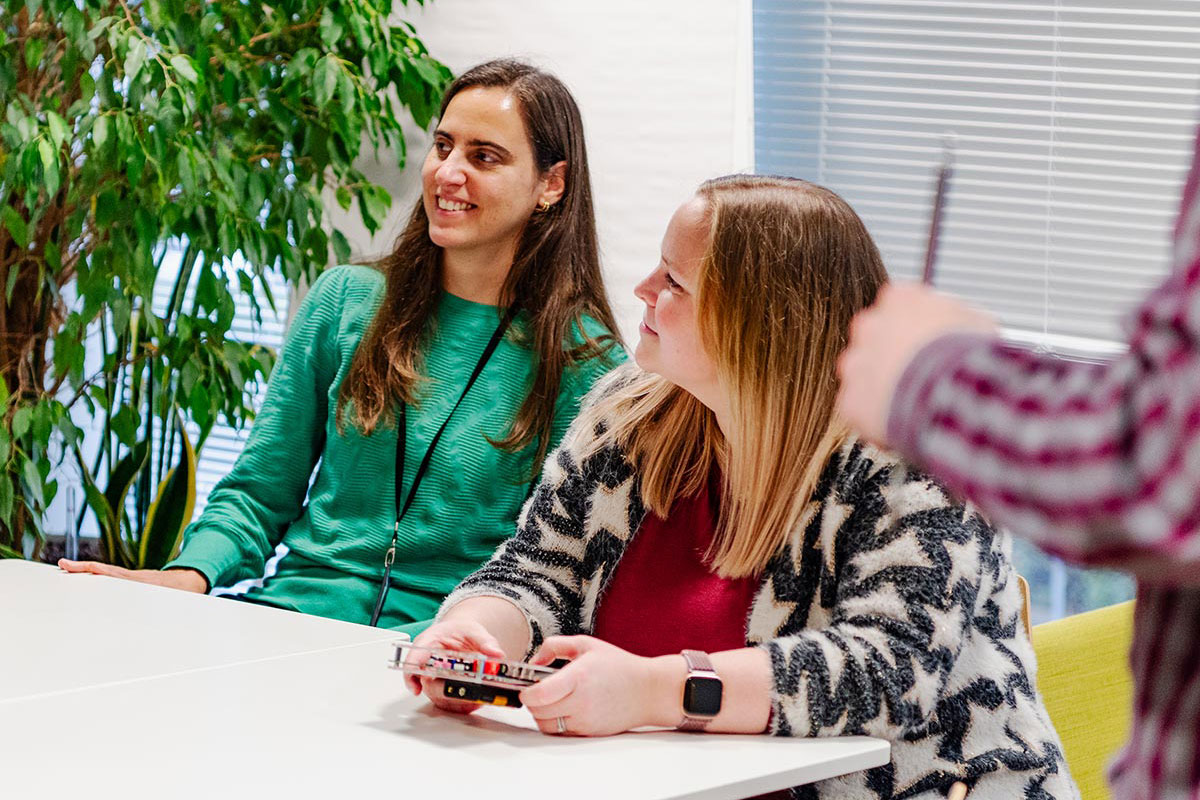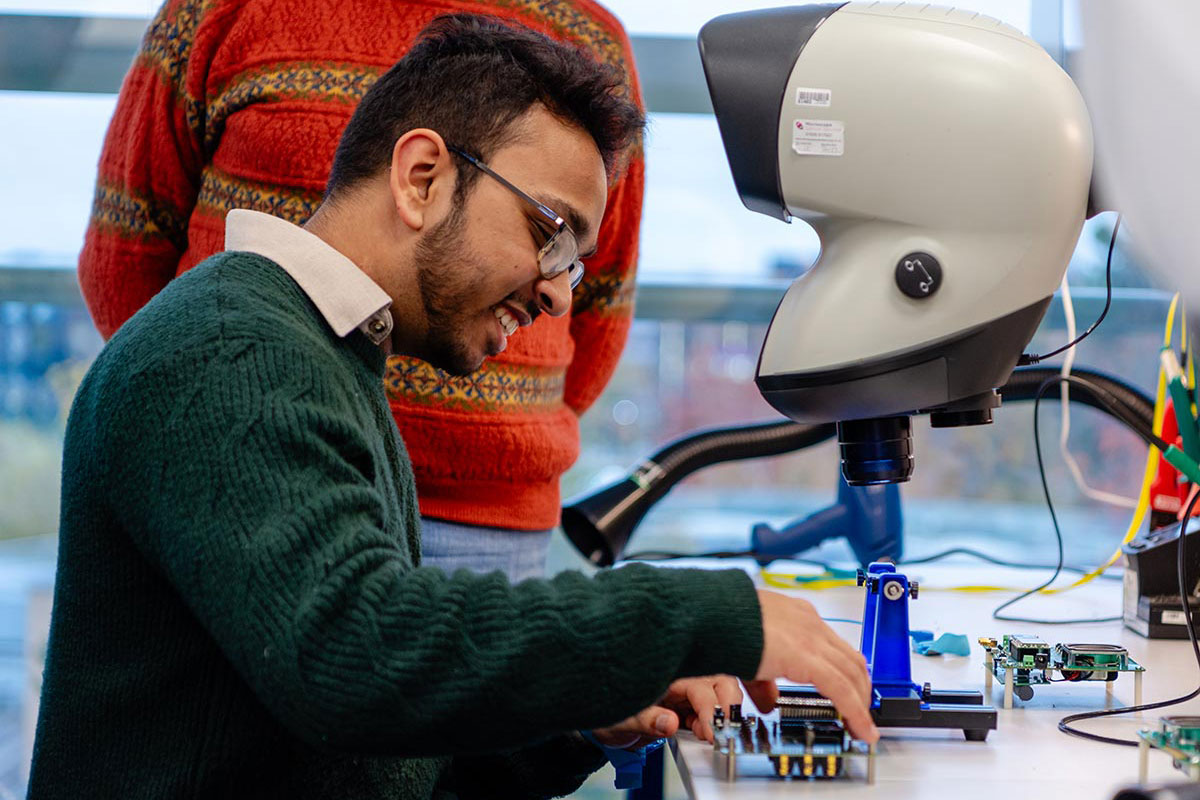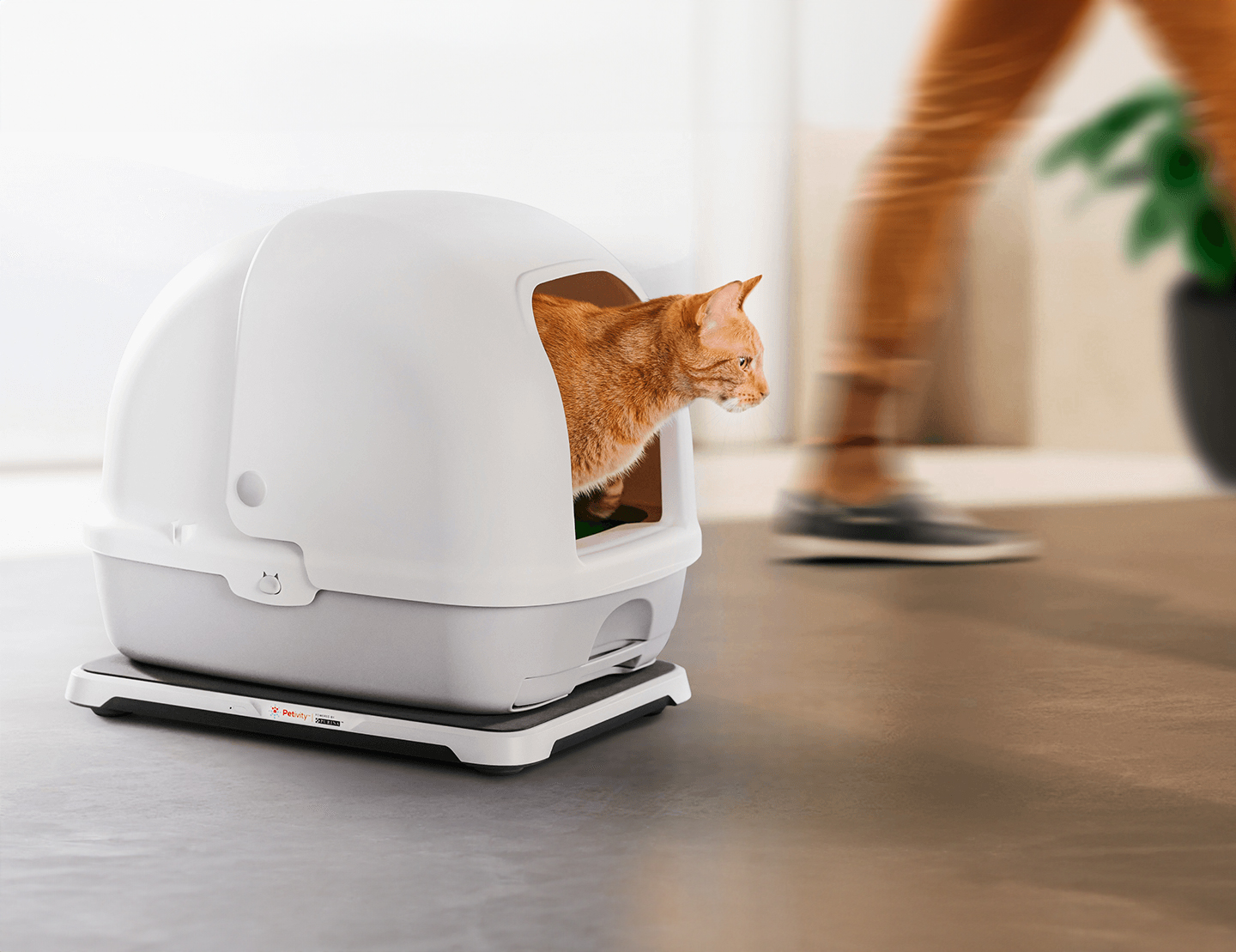ケーススタディー
Project: DRM | Industry: Broadcasting
Connecting the unconnected with affordable Digital Radio Mondiale technology
Digital Radio Mondiale (DRM) is the only universal digital radio broadcasting system that can broadcast on all frequencies, offering unparalleled audio, coverage, cost-efficiency and environmental benefits when compared to legacy analogue radio services – and yet there’s been no portable, low-power, low-cost radio available to bring these benefits to life. Until now.
With this groundbreaking development from Cambridge Consultants (CC) and CML Micro, millions of listeners in previously unconnected communities will at last have access to a world of entertainment and information through digital radio, igniting a fresh wave of innovation for both broadcasters and manufacturers around the globe.
The reality is that a third of the world’s population has no internet access. For these individuals, radio broadcasts can be the difference between isolation and connection. Acting as a lifeline into the wider world, radio provides news and entertainment that educates and informs – a privilege that many of us take for granted.
Together, CC and CML Micro took on the challenge that has been holding DRM back for decades, developing a low-cost DRM radio module that will finally make this technology accessible to all.
“This low-cost DRM module is a fantastic development in the history of DRM and digital radio, bridging the gap between the vision to have digital radio over many countries while opening up the horizons of listeners, giving them all the benefits and knowledge of the 21st century.”
By making DRM accessible to a wider population of listeners, more can reap the benefits it offers. From enjoying music and live sport to providing educational broadcasting or weather forecasts, digital radio provides connections, culture and news that might otherwise be unavailable to many rural communities. To all, it offers free, democratic broadcasting that acts as a teacher, a comfort and a friend.
Digital radio also offers vital support in desperate times. With in-built Emergency Warning Functionality (EWF) built as part of the DRM standard, digital radio can be the only method of communication that remains unaffected in moments of crisis. Providing urgent warnings of incoming floods, earthquakes and other critical information, access to digital radio can be lifesaving as well as enlightening.
Realising the promise of Digital Radio Mondiale
The ambition of DRM has always been to provide diverse, first-rate radio content to everyone. This goal goes all the way back to the 1990s when digital TV and DAB (Digital Audio Broadcasting) radio were becoming the standard.
DRM was, and still is, the final piece of the puzzle to connect populations away from TV masts and the internet to the digital world, delivering high quality audio, text and emergency alerts.
AM transmissions in medium- and short-wave bands can be broadcast over hundreds or even thousands of miles from one transmitter alone. But a major drawback of AM transmissions is that the audio quality decreases with distance, making it very poor or unreliable for listeners far away or in remote locations.
Contrastingly, DRM on any frequency band provides clear quality sound regardless of location, offering impeccable audio over vast distances to listeners no matter where they are.
DRM is also significantly cheaper and more environmentally friendly. Since quality sound transmissions can travel further in DRM, fewer transmitters are needed when compared to FM transmissions. This can save broadcasters and regulators up to 90% in energy and maintenance costs.
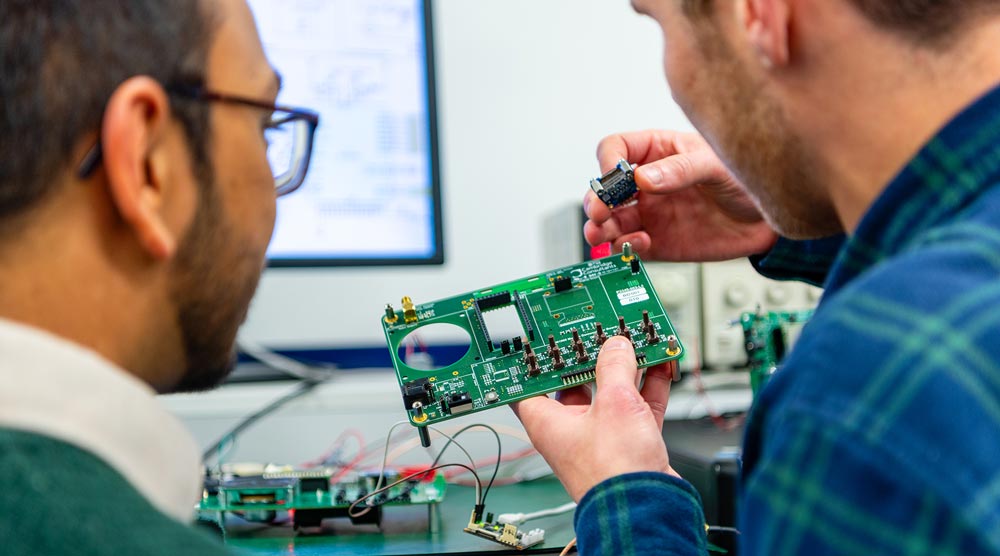
Breakthrough technology to ignite a market
If DRM is greener, cheaper, higher quality and more far-reaching – so why has no one jumped on this opportunity before?
All that has been missing is the low-cost, low-power technology to make it truly accessible to the masses. Until that issue was solved, the vicious cycle continued: with few Digital Radio Mondiale receivers readily available, why build out a service? And with no service, why build out receivers?
As with most new technologies, costs start high for early adopters. It was only when All India Radio rolled out the service nationwide that the chance came for someone to take a leap of faith and try once again to kickstart the DRM market. CC chose to take that leap.
“This module represents a turning point for the DRM services. It’s been great to experience the best of UK talent being applied to develop such a creative solution that in turn has the potential to be used by so much of the world’s population.”
When the DRM Consortium first approached CC, we saw how our expertise in low-cost silicon and power-efficient software could be instrumental in creating a true, far-reaching solution. From here, we set about making a low-cost, low-power digital radio a reality.
Our partners on this project, CML Micro, harnessed their expertise in low-power radio integrated circuit design to ensure the radio could run on standard AA batteries, wind-up or even solar power. Meanwhile, CC drew on our extensive experience in the radio market and our capabilities in software-defined radio design and low-cost electronics to utilise IoT edge AI technology to create a low-cost and compact solution.
This collaboration has resulted in a DRM innovation that is more accessible and affordable than anything that has come before, offering a 60% cost reduction and 80% power reduction over other solutions available in the market.
A golden opportunity for manufacturers
And it couldn’t have come at a better time. We stand on the cusp of the market erupting as more countries embrace DRM. All India Radio’s roll out of DRM nationally has created a ripple effect across Asia with Pakistan quickly following suit.
Indonesia has also increased its rollout of DRM transmitters across its 18,000 islands, spanning a population of over a quarter of a billion people. Combined, this creates a vast international audience for digital radio that continues to rise across the world in China, South America and regions of Africa.
CC and CML Micro’s digital radio receiver, the DRM1000 module, fills a gap in a rapidly expanding market. Requiring no software development and minimal additional hardware to make an entry level radio, it’s now simple and affordable for manufacturers in across the world to develop full digital radios on a mass scale and be sold at a price comparable with the low-cost, analogue tri-band radios already on the market.
Officially launched at IBC 2023, Gospell Digital Technologies has already adopted the receiver module for two new portable digital radios that are now available to buy.
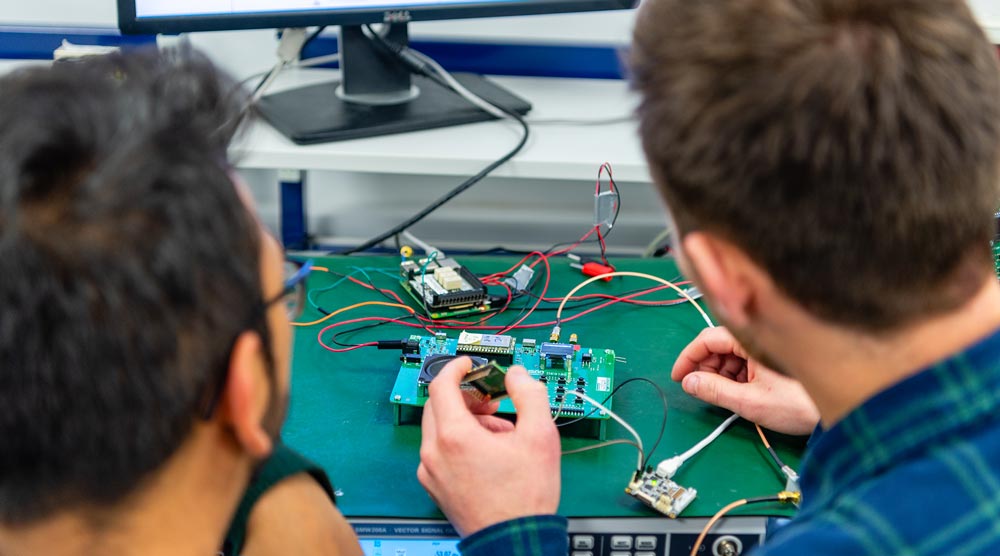
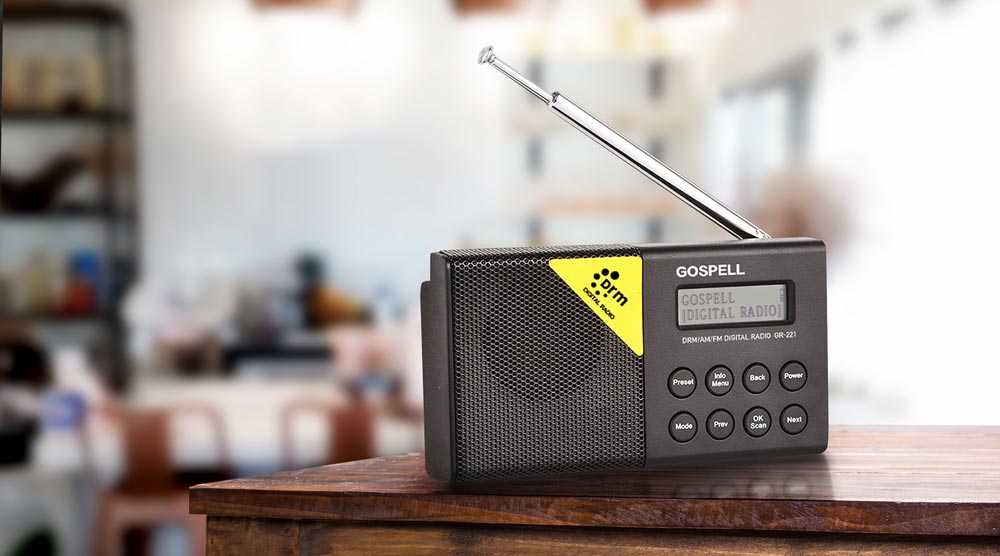
“The introduction of the DRM1000 module, with its impressive low-power consumption, cost-effectiveness, and high performance, is a game-changer.”
With this innovation, DRM radios can finally reach the billions of potential listeners that have been waiting for this technology around the world. From here, we expect a boom in DRM broadcasters across India, Africa, Indonesia and the many other regions considering DRM services. With the potential reach of the service growing globally, all that’s left is for manufacturers to grasp the opportunity and continue this vital work to get digital radios into the hands of listeners.
An expert ecosystem comes together
Real change cannot happen if you’re working alone. This project required reaching out to a wider ecosystem and bringing industry leaders together. Thanks to the complementary skillsets of CC and CML Micro in signal processing, software development, low-cost silicon design and low-power radio circuits, a comprehensive solution has been created, which is significantly smaller and requires far less power than anything that has come before.
With support from the BBC World Service and the long-standing commitment of the DRM Consortium, we have successfully reached an important milestone in the history of DRM at the perfect moment for it to have the most real-world impact.
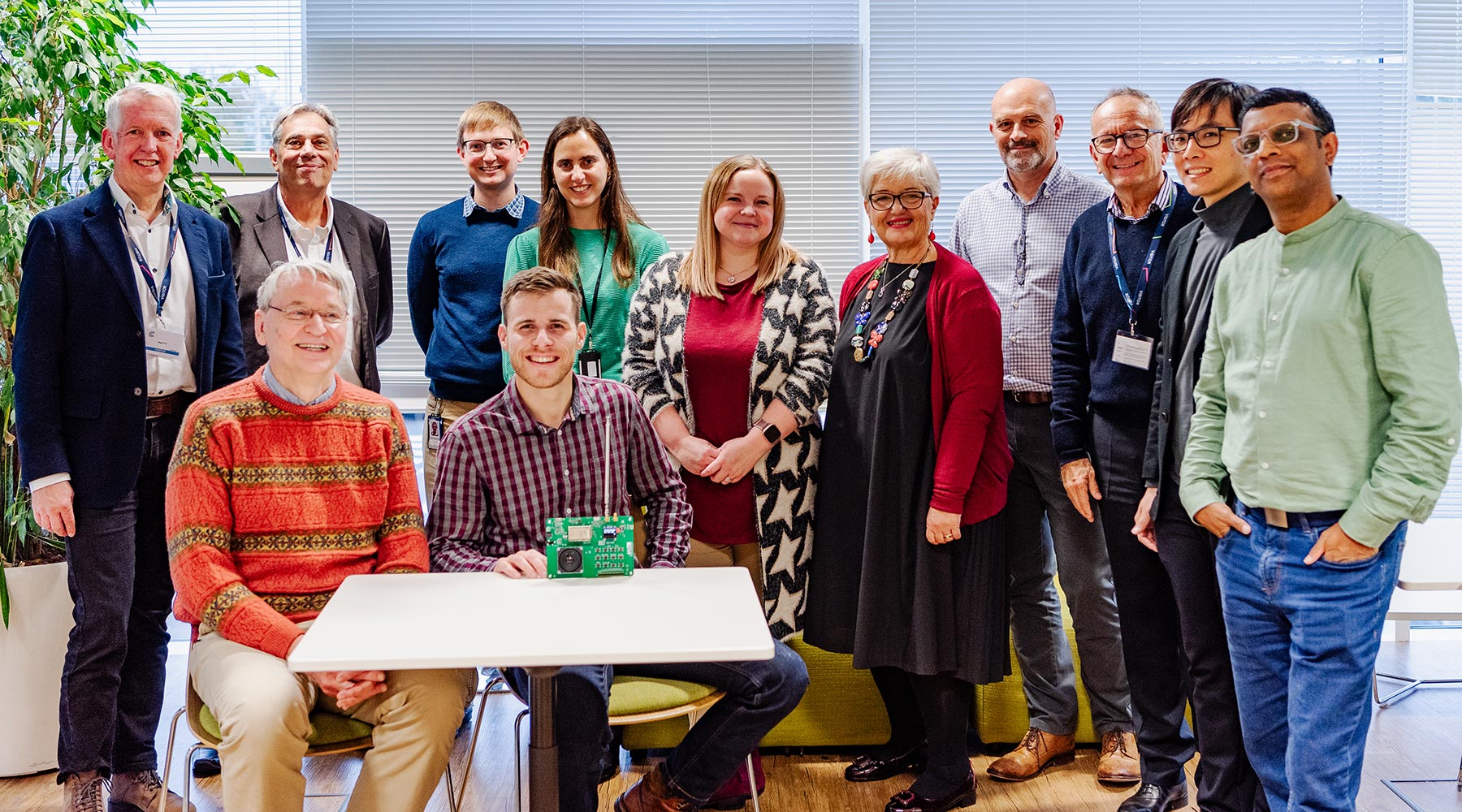
“The team at CC has been a pleasure to work with, both in a professional and personal capacity. They’ve brought a great deal of skill and capability to the project, and it’s been a great success.”
This breakthrough is a long time in the making, becoming a true passion project for the team members who worked tirelessly on its creation. Utilising an impressive range of complementary skills from different areas, the team ultimately put their time, effort and dedication into the creation of this technology because they wanted to make a real difference to the everyday lives of people around the world.


